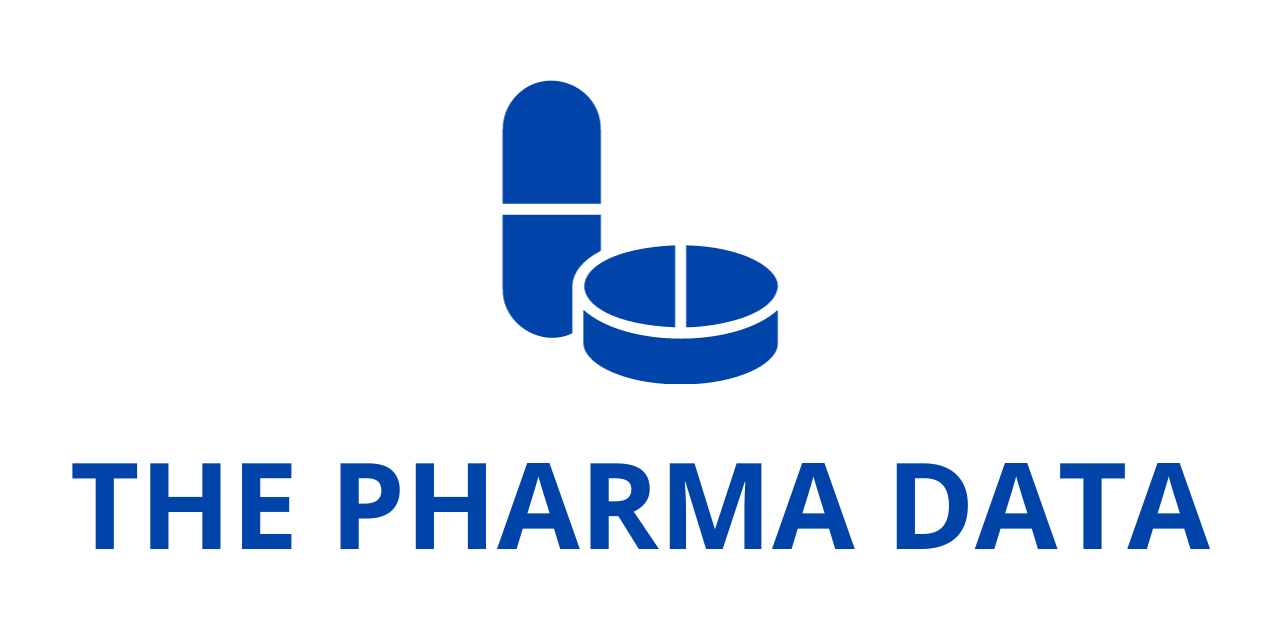
Tempus Secures FDA 510(k) Clearance for AI-Driven ECG-Low EF Software, Expanding Capabilities in Cardiovascular Risk Detection
Tempus AI, Inc. (NASDAQ: TEM), a trailblazer in applying artificial intelligence to drive precision medicine forward, has reached a significant milestone in the cardiology domain with the announcement that its ECG-Low EF software has received 510(k) clearance from the U.S. Food and Drug Administration (FDA). This advanced clinical tool is designed to leverage AI to detect patients who may have a low left ventricular ejection fraction (LVEF)—a critical measure in evaluating heart health and function.
The FDA clearance of Tempus ECG-Low EF further strengthens the company’s growing portfolio of AI-enabled diagnostic tools focused on cardiovascular disease detection, joining the previously authorized Tempus ECG-AF. Together, these two cleared software solutions illustrate Tempus’ momentum in redefining how heart-related risks are identified and addressed in clinical settings.
“With Tempus ECG-Low EF, we’re adding another powerful tool to the hands of clinicians to help them identify patients at risk for serious cardiovascular conditions much earlier in their care journey,” said Brandon Fornwalt, MD, PhD, Senior Vice President of Cardiology at Tempus. “Detection of LVEF is essential for undiagnosed patients, and this technology enables us to deliver that capability at scale to transform patient care. The addition of a second FDA-cleared Tempus ECG-AI solution reflects our continued commitment to advancing AI-driven cardiology.”
Understanding the Clinical Importance of LVEF
Ejection fraction is a measurement that reflects the percentage of blood the heart’s left ventricle pumps out with each contraction. A healthy left ventricular ejection fraction (LVEF) typically ranges from 50% to 70%. A reduced LVEF, particularly at or below 40%, may signify serious underlying conditions, such as:
- Heart failure
- Cardiomyopathy
- Previous myocardial infarction (heart attack)
- Damage due to chronic hypertension or valve disorders
These are all conditions that can significantly impact a patient’s quality of life and longevity if not identified and managed in a timely manner. Therefore, early detection of low LVEF is crucial for initiating proper clinical interventions and improving patient outcomes.
How Tempus ECG-Low EF Works
The newly cleared Tempus ECG-Low EF software is engineered to analyze resting, non-ambulatory 12-lead electrocardiogram (ECG) recordings—a standard tool in cardiology diagnostics. By applying artificial intelligence algorithms, the software identifies subtle ECG patterns that are associated with reduced LVEF, flagging patients who may be at risk but might not have been diagnosed through traditional methods alone.
The tool is designed for use on ECG data collected within clinical facilities from patients 40 years of age or older, specifically those at increased risk for heart failure or impaired ventricular function. This risk group includes individuals with predisposing conditions such as:
- Atrial fibrillation
- Aortic stenosis
- Cardiomyopathy
- Prior myocardial infarction
- Hypertension
- Diabetes
- Ischemic heart disease
- Mitral valve regurgitation

The software generates a binary output, indicating whether or not the AI algorithm detects ECG features associated with low LVEF (≤40%). Importantly, Tempus notes that ECG-Low EF is not intended to be a standalone diagnostic device, nor should it be used for continuous cardiac monitoring or with ECGs from patients with paced rhythms.
A Decision-Support Tool, Not a Diagnostic Endpoint
Despite the promise of AI-powered insights, Tempus emphasizes the software’s role as a clinical decision-support tool, not a substitute for comprehensive patient evaluation. The binary result provided by the ECG-Low EF algorithm is meant to complement, not replace, other diagnostic tools and methods. Physicians are urged to interpret results in the context of:
- The original ECG recordings
- Additional diagnostic tests (e.g., echocardiograms, lab results)
- The patient’s clinical symptoms
- Their medical history and risk factors
A positive output from the Tempus ECG-Low EF system should prompt clinicians to pursue further evaluation, potentially including imaging studies such as echocardiography, to confirm the presence and severity of low LVEF. On the other hand, a negative result does not conclusively rule out cardiovascular dysfunction and should not alter the physician’s obligation to follow standard care pathways and consider the full spectrum of clinical data.
This balanced approach ensures that AI is used responsibly and effectively, supporting but not supplanting medical expertise.
Expanding the Role of AI in Cardiology
The clearance of ECG-Low EF marks another step forward for Tempus in establishing AI as a cornerstone of modern cardiology. Its earlier product, ECG-AF, was developed to aid in detecting atrial fibrillation, another common and potentially life-threatening arrhythmia. Together, these AI-enhanced platforms represent Tempus’ strategic vision to build a comprehensive suite of digital diagnostics aimed at enhancing early identification, triage, and intervention in patients at risk of cardiovascular events.
Tempus’ AI-driven tools are uniquely positioned to address major gaps in cardiovascular disease detection, especially for patients who are asymptomatic or have non-specific symptoms that can delay diagnosis. For example, low ejection fraction often develops silently, and in many cases, patients may not realize they are experiencing a gradual decline in cardiac function until symptoms like fatigue, breathlessness, or fluid retention become more pronounced. At that point, heart failure may already be advanced.
By harnessing the ubiquity and accessibility of ECG testing, paired with advanced AI analytics, Tempus is helping to democratize access to early cardiovascular screening, making it possible for frontline clinicians to flag high-risk patients with greater confidence and speed.
A Broader Commitment to Precision Medicine
While cardiology is a major focus, the FDA clearance of ECG-Low EF also reflects Tempus’ broader mission of integrating artificial intelligence across the continuum of care to drive precision medicine. The company has developed a diverse range of clinical decision support tools and molecular profiling technologies that span multiple therapeutic areas—including oncology, infectious diseases, and rare genetic disorders.
Tempus has built a reputation for its sophisticated data infrastructure, housing one of the world’s largest libraries of de-identified clinical and molecular data. By training its AI models on high-quality, real-world datasets, Tempus is able to build clinical software products that are rigorously validated and clinically relevant.
The company’s platform is used by academic medical centers, community practices, researchers, and life sciences companies to accelerate discoveries, improve clinical workflows, and ultimately enhance patient outcomes.
Regulatory Rigor Meets Real-World Application
The FDA’s 510(k) clearance is a crucial regulatory benchmark, affirming that ECG-Low EF meets the agency’s standards for safety, effectiveness, and substantial equivalence to existing legally marketed devices. This clearance paves the way for wider clinical adoption and integration into routine care, particularly in health systems that are seeking to enhance risk stratification and preventive care pathways for cardiovascular disease.
It also signals confidence in Tempus’ quality systems, software development practices, and commitment to evidence-based innovation. For providers already using ECGs as part of routine care, the ability to apply AI-powered interpretation to those same recordings without introducing new hardware makes ECG-Low EF both cost-effective and easy to deploy.
As the global burden of heart failure and other cardiovascular conditions continues to grow—exacerbated by aging populations, sedentary lifestyles, and increasing rates of diabetes and hypertension—technologies like ECG-Low EF will play an increasingly important role in earlier, proactive care.
Tempus’ vision aligns with a broader transformation in healthcare toward personalized, data-driven medicine, where decisions are guided not just by clinical intuition, but by the collective intelligence of modern diagnostics and machine learning.
With two FDA-cleared ECG-AI products now on the market, and more likely in the pipeline, Tempus is poised to be a central player in the digital transformation of cardiology—offering clinicians smarter tools to detect disease earlier, intervene sooner, and change the trajectory of patient lives.




